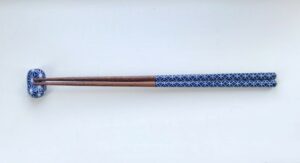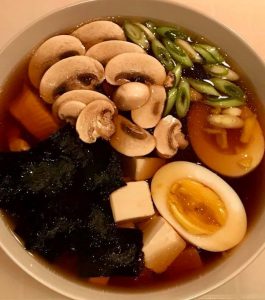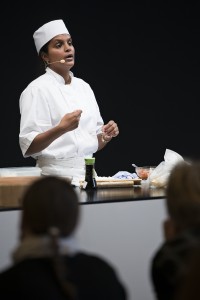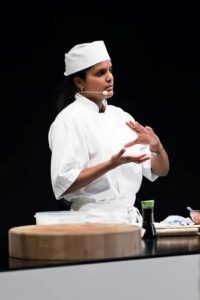In most streets of Tokyo is a small noodle soup bar. A bar where there is typically only room for 10-15 diners at a time. It does not sound like much. The small noodle bars are very busy. They serve the Japanese favorite food, which suits a busy everyday life.
It takes approx. 2 seconds to pull a food ticket in the vending machine. It takes less than 5 minutes before a bowl of steaming hot noodle soup is on the table. Japanese people are fast eaters and very experienced when it comes to the use of chopsticks. It takes them less than 5 minutes to eat a nutritious and healthy noodle soup. In the course of a day, the many noodle bars can manage to serve many guests.
Japanese noodle soup is a low-fat and healthy meal that is eaten year-round in Japan.
On the Japanese noodle soup course for beginners you will learn how to make tasty soups from scratch as they are served in Tokyo.
_
Zoë has lectured and held sushi courses for A. P. Moller – Maersk, Hugo Boss Nordic, Novo Nordisk, Novartis, Velux, Gorrissen Federspiel, Beierholm revision, Elbek & Vejrup and many more.





